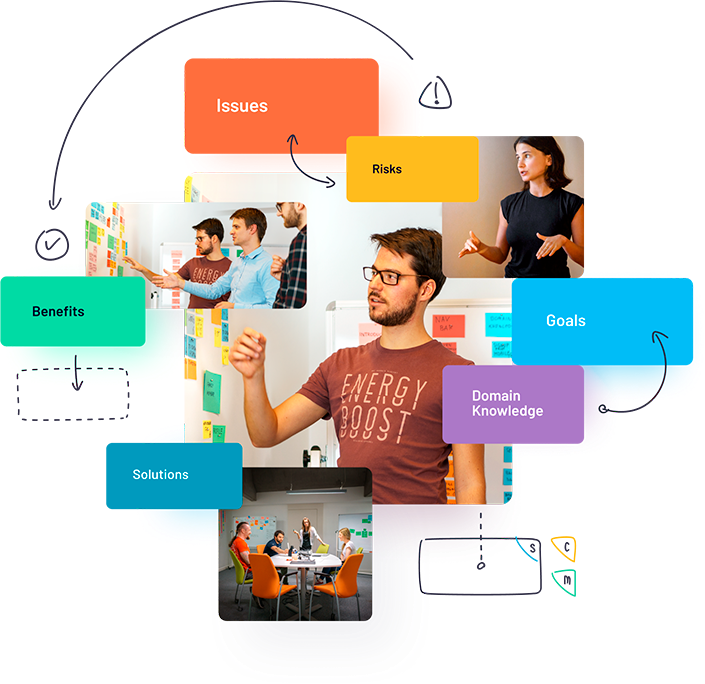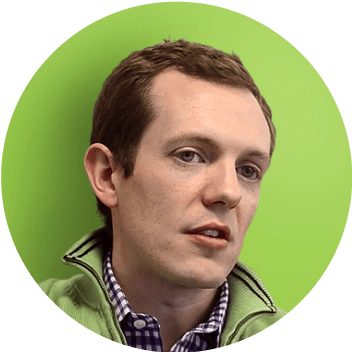BRIDGeS Framework is a game changing tool for C-level executives, product managers and business analysts. Any professional will benefit from this framework, while solving tasks of a different scale.
BRIDGeS Framework is distributed underCreative Commons License Check in Figma




